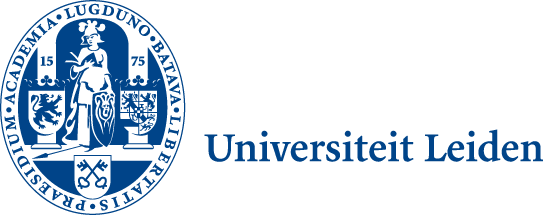- Leiden University
- Leiden Institute of Chemistry
- Master's Programmes
Colloquium: Rick Kort
Colloquium
Atomic Force Microscopy at Electrochemical Interfaces
Rick Kort
- Date
- Thursday 21 Aug 2025
- Time
- 14:00 - 14:30
- Location
- BW018
- Supervisor
- Jörg Meyer
- Jury
- Rik Mom
Atomic force microscopy (AFM) has evolved into a quantitative, operando probe for electrochemical interfaces by integrating rigorous force calibration with a diverse set of imaging techniques. After reviewing calibration protocols (optical lever sensitivity, thermal-noise or hydrodynamic spring-constant determination, and feedback-setpoint conversion to load) we examine how continuum contact models (Hertz, JKR, DMT) and DLVO theory interpret force-distance curves in liquid. We then survey four core AFM modes: contact, tapping (AM), frequency modulation, and PeakForce, and discuss how they are enhanced using high-speed AFM and three-dimensional mapping. Additionally, several multifunctional correlative techniques (KPFM, C-AFM, ESM, sMIM, AFM-SECM) that are based on the core operating modes are discussed. For all modes in this review, we discuss operational principles, advantages, challenges in electrochemical systems, electrostatic or Faradaic cross-talk, and bubble formation, and highlight recent applications, from in-situ solid-electrolyte interphase (SEI) imaging to atomicresolution hydration layering and real-time hydrogen nanobubble nucleation. By linking experimental observables to mechanical, electrostatic, and ionic properties, this review provides an overview of modern AFM approaches, tailored to specific electrochemical systems.
Are you interested in the MSc Chemistry or MSc Life Science & Technology programme?
Find out more about the programmes, career prospects & how to apply.

